Today, I would like to talk about Child-Dog Interaction. Did you know that there are “good” and “bad” ways that your child could be interacting with your dog? It may seem like an odd thing to say but just like you should train your dog to be around your family, you have to “train” your kids too. There are all kinds of bad habits and tendencies that you might be missing when you are not paying attention that could be thwarting your dog’s training, or in severe cases endangering a child's life.
Let’s start with something good. Here are 5 ways children should be taught to interact with dogs:
Help reinforce training: Kids can be great helpers for Mom or Dad. Get them involved in the training of your dog. Once you begin training a specific command with your dog, such as sitting, teach your children how to train the dog to sit on command. This exercise works for you on two fronts: 1.) Your children will learn how to interact appropriately with your dog, and 2.) Your dog will learn to listen and follow commands given to them from your child.
Help socialize: If you have kids, you have an invaluable socialization tool living under your roof. Kids love to dote on new puppies, and play with them. Under supervision, this kind of interaction between your dog, and your kids is amazing, because the end result is a dog who delights in seeing children, and automatically learns to associate children with positive things.
Playing with the dog appropriately: You should teach your children the difference between play that is “acceptable” and “unacceptable” when playing with your dog. A good example of an “unacceptable” behavior is rough housing with the dog. Have you ever seen someone playing with a dog that suddenly got a little too rough? The dog didn’t have a way to interpret the person’s intentions and acted out aggressively because they felt they were in danger. This kind of thing is important to teach your children, because an overly aggressive dog that has been riled up by your kids could easily hurt them, or destroy other property.
“Acceptable play” consists of playtime activities such as playing fetch, and other calm, cooperative games like “hide the toy.” Teach your kids the difference between what is ok, and what is not ok when it comes to play time.
Learning their language: Everybody knows a dog’s wagging tail is a good sign, right? What about other signals your dog might give you? Due to a lack of knowledge, many young children do not know how to interpret the signals your dog gives them to indicate stress, fear, or hostility. For example, most young children have a tendency to hug dogs because they do not know any better. While some dogs can be trained to enjoy this kind of close physical affection, most dogs do not like to be hugged. This is evident from the look of fear, and discomfort on your dog’s face. When a dog is scared, or uncomfortable, they may show this with aggression. This is not out of a general desire to hurt your children, but because a dog may react to certain situations as if they are a threat. In instances such as these, situations can quickly become violent, or worse, deadly. Teach your children what a dog’s important emotions such as fear, and anger look like in different day to day scenarios.
Respecting their boundaries: As a parent, you probably understand just how exhausting it can be when you are around kids 24/7. Luckily, you have been blessed with the ability to simply ask for a bit of peace and quiet when you have reached your limit. Unfortunately, dogs do not possess this ability. Imagine how you would feel if someone was constantly following you all day. You might get a bit irritated eventually, and some people might even get violent and lash out. The same goes for dogs. A dog who badly needs their space could become aggressive in an attempt to get away.
You should make sure that your dog has a private place to rest away from the commotion of your home, and you should teach your children not to bother your dog while they are resting. Just as parts of your home may be “dog-free” zones, the room that houses their food, water, and crate or bed should be “kid-free” zones while the dog is using the room.
Now, we’ve talked about the easy ways you can teach your child to appropriately interact with your dog. I also want to cover some very important things kids should NOT be doing around dogs. Here are 5 ways children should be taught NOT to interact with dogs.
Putting their hands near the dog’s mouth during dog mealtimes: You don’t like it when someone puts their hands in your food, do you? The same goes for your dog. Teach your kids to keep their hands away from your dog’s mouth, and food bowl while they are eating. A dog may not understand what the child is trying to do, and may think that they have come to steal the dog’s dinner. This is a situation that could potentially result in the child being bitten by the dog, as the dog may feel the need to defend their food.
Getting in the dog’s face: Likewise, teach your children to maintain an appropriate level of distance from your dog’s face. It is irritating when someone gets in your face, regardless of the reason. Again, the same goes for your family’s dog. Children have a tendency to get right up in your personal space, and often have to be reminded of appropriate social distance. Your dog might become frustrated by this, and not knowing the child’s intent, lash out.
Handling the dog roughly: Teach your children the appropriate way to handle a dog. This is an especially important thing to teach your children early on. Make sure that you do not let your child pick up the dog, as they can very easily hurt the animal handling it incorrectly. Many children go for the front legs, and try to lift a dog that way. This can injure the dog, and could also result in the dog becoming aggressive if they are in pain.
Crowding the dog: As stated above, you must teach your children that they are not to bother your dog when the animal is resting. In the same way that your child should have the option to seek alone time, or quiet time for themself, you should afford your dog that same courtesy. When the dog is laying down, eating, or otherwise using their space, you should teach your children to avoid that area.
Loudly yelling at the dog: Children have another tendency that we all love. YELLING. In the same way that many people try to train their dogs not to bark incessantly, you should make the effort to train your kids not to yell in the house. This kind of thing is already incredibly stressful for a parent with a healthy amount of agency in the situation. Now imagine what your dog, with very sensitive ears, feels like when they are trapped in the house with screaming toddlers. It can be scary and stressful for dogs and can create neurotic animals that act aggressively when they are scared or nervous. Teach your kid to be calm and quiet around your dog, so that your dog mirrors this energy.
There is a lot more nuance to this conversation than is to be found here, so if you are trying to train both your dog and your child alike, and you are having trouble, use this article as an easy way to get started training the correct way, and keep an eye out for any bad behavior from either of them. It may be a good idea to consult a professional dog trainer if issues persist.



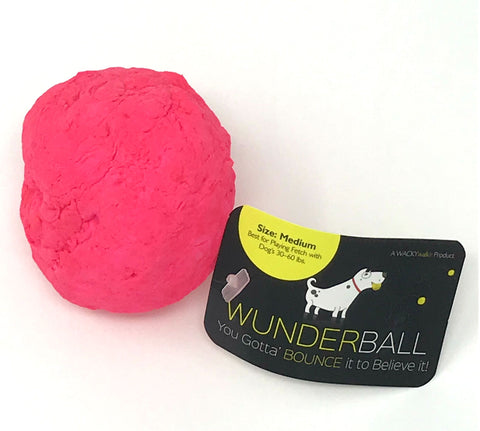
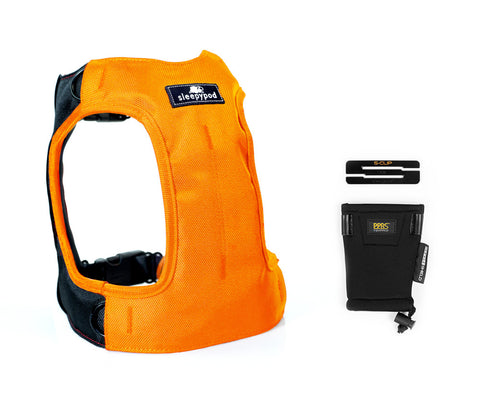
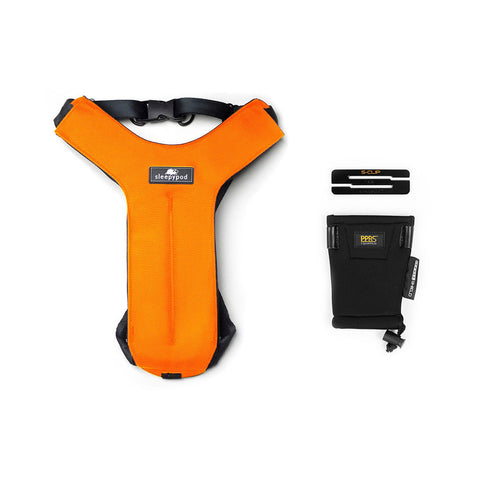
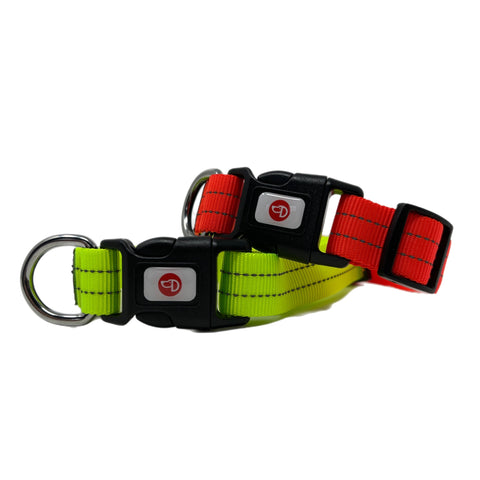
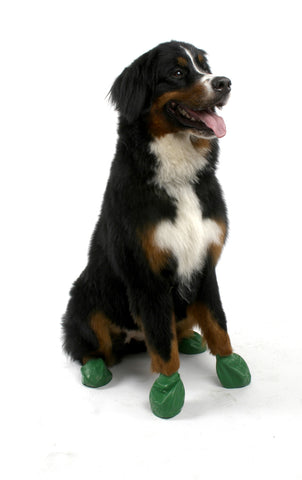











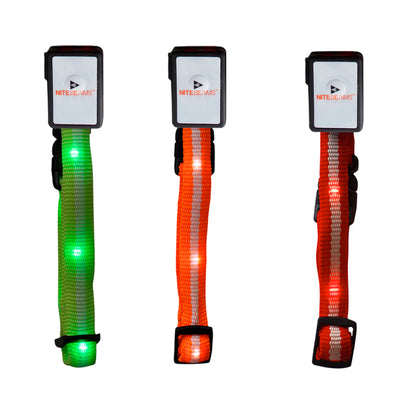
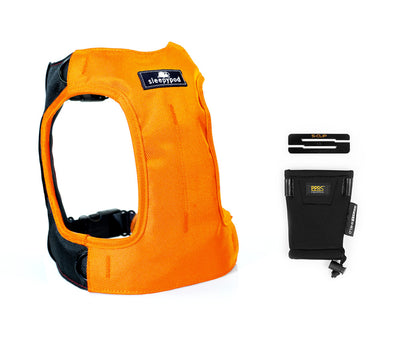
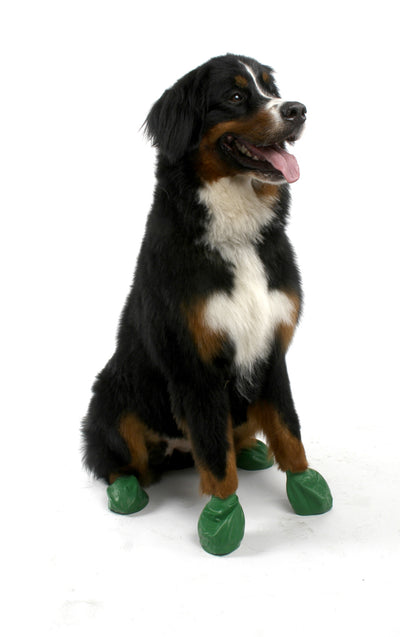

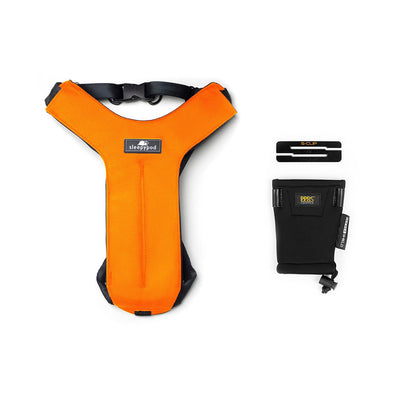
Leave a comment